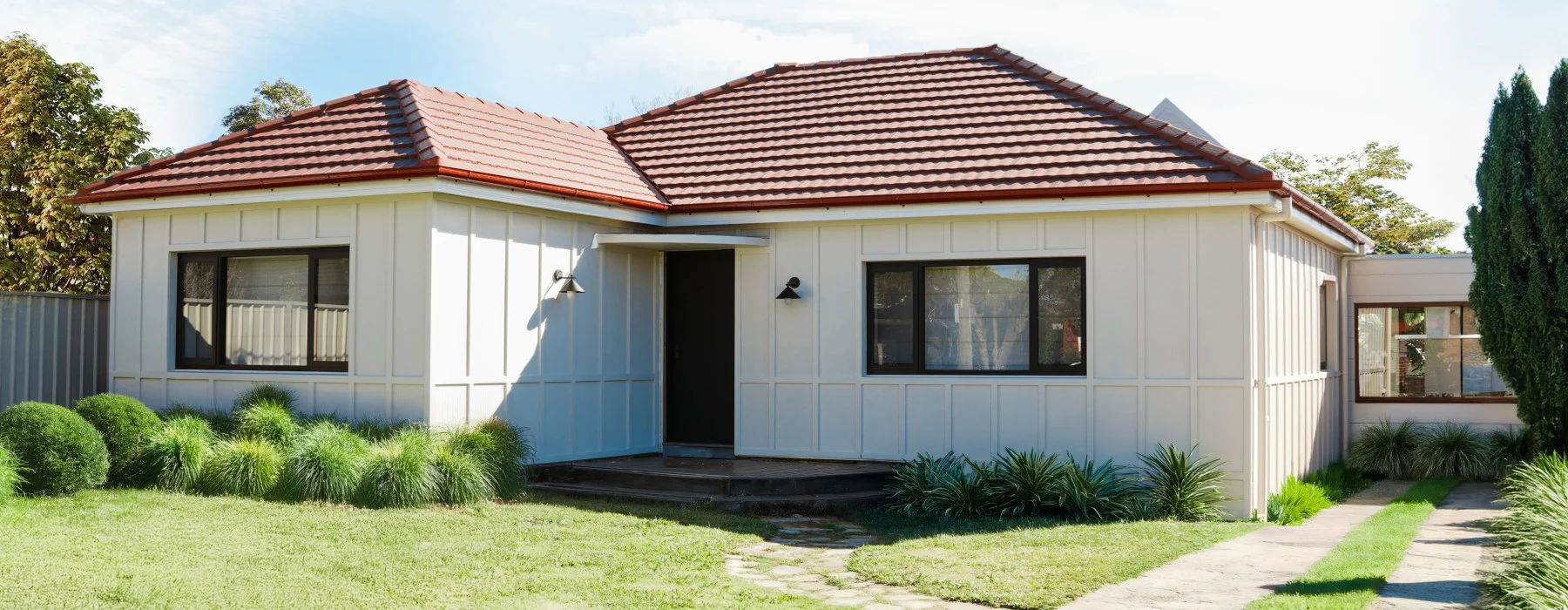Adding a modern extension to your home is a fantastic way to add extra space, extra value and an extra wow factor. There are however several important factors that go into planning a modern home extension. So, before you reach for the paint swatches and design magazines, let’s look at the ins and outs of modern home extensions.
WHY RENOVATE WHEN YOU CAN SELL?
If your home is no longer ticking all the right boxes, you’ve probably considered just selling it and buying something new. Why deal with the hassles of renovating when you can start fresh with a new house? Adding a modern home extension is just that: a fresh start. Murray Gordon, the owner of Quantum Leap Constructions Pty Ltd, agrees. “The reason why so many homeowners choose to add an extension as opposed to buying is because they won’t have to compromise on the exact design they want. Buying a new home doesn’t guarantee that you’ll like 100% of the property so you may end up having to renovate anyways. Why not keep your cherished family home and build on from there?”
TYPES OF HOME EXTENSIONS
Whether you’ve decided to add an extension to fit in your growing family, for resale value, or to make room for a new home office, the best first step is to address where the extra space is going to come from. If you have a sizeable garden, the obvious choice will be to extend outwards, or if your home is single-storey, you might consider adding a second level. If you have an abundance of space in your attic, why not add a trendy loft space? Whichever direction you decide to add on, make sure you get the right building approvals first.
THE NITTY GRITTY OF COUNCIL APPROVALS
Before any planning can get underway, you will have to get council approval for your home extension. Remember that if your home is Heritage listed, you will need advice about submitting an integrated development application through the council or applying for a modern extension through the Heritage Council.
“The reason why so many homeowners choose to add an extension as opposed to buying is because they won’t have to compromise on the exact design they want. Buying a new home doesn’t guarantee that you’ll like 100% of the property so you may end up having to renovate anyways. Why not keep your cherished family home and build on from there?”
Talking to the council can be a lengthy process, so it’s best to get the ball rolling as soon as possible. “The first thing you want to do is get your building plans drawn up by a qualified draftsman or architect”, says Murray. “Then when you meet with your local council you’ll be one step ahead.”
Next stop is your local council, where they’ll advise you about essential state and local building policies as well as fees and necessary applications. It’s worthwhile to hire a qualified building certifier for the duration of your build, as they will be able to grant you essential certificates such as a Complying Development Certificate (CDC) and Construction Certificate (CC). They can also act as your Principal Certifying Authority (PCA) and work with your builder to ensure that your extension abides by your council-approved plans before, during and after the build.
MINGLING THE OLD WITH THE NEW
Adding a home extension means you’ll be integrating modern materials with your existing home, which can be a balancing act between the old and the new. “You’ll need to decide whether you want your modern extension to be in a completely contrasting style to your existing home or whether you want to design in the same character as your existing style”, says Murray. “If you don’t want there to be a noticeable disparity between the old and the new, why not keep the existing frontage of your house and then add a modern rear extension.”
Choosing the right building materials is key to ensuring cohesive flow with a new extension. Materials such as Matrix™ cladding from the Scyon Walls range by James Hardie work well with traditional building materials such as brick and timber. Axon™ weatherboard by Scyon Walls is another highly functional material that can integrate wonderfully with existing materials, particularly if you’re building a second-storey addition and choosing matching paint colours.
If you’re worried about old materials not working with new materials, you mustn’t be. “Don’t be afraid to work with contrasting materials such as brick and cladding”, advises Murray. “Using striking materials such as these can work in your favour in a modern extension, as the mixed materials can actually bring a completely new dimension and originality to the look of your house. Who doesn’t love that?”





